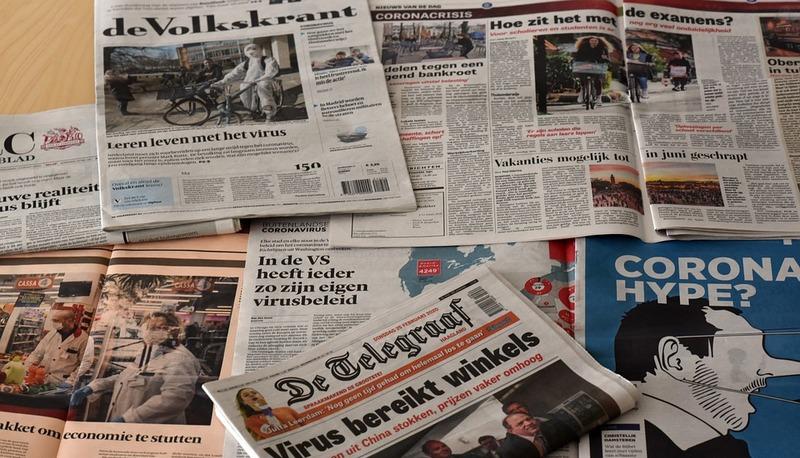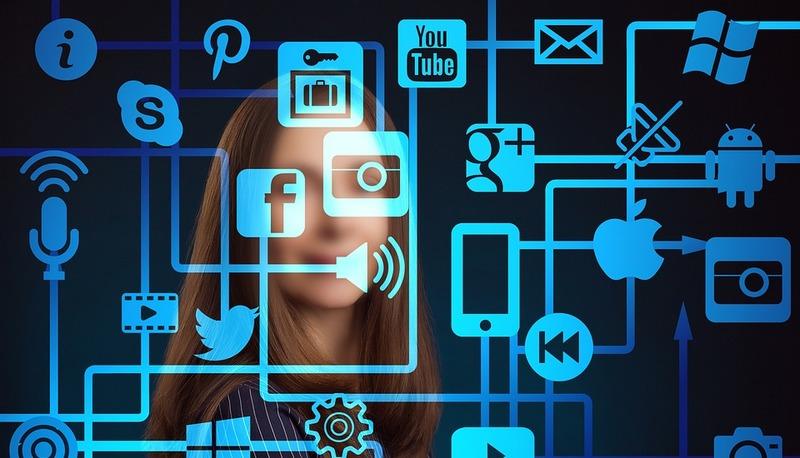Concetti Chiave
- Mass communication involves transmitting messages to large audiences through mediums like television, radio, newspapers, and the Internet, characterized by its rapid and public nature.
- The earliest mass media began with books, followed by newspapers, films, radio, and eventually computer-based media, evolving primarily due to increased literacy and technological advancements.
- The advent of electricity revolutionized communication, transitioning from typographic to electric media, with inventions like the telegraph and telephone breaking geographical barriers.
- Modern mass media includes cinema, radio, television, and the Internet, with the web becoming the most significant medium, offering diverse functionalities like news, communication, and entertainment.
- Mass media serves various functions such as providing news, offering commentary, entertaining audiences, preserving cultural values, and mobilizing people towards collective goals.
Questo appunto di Inglese riguarda i mezzi di comunicazione di massa, o mass media. A seguire si illustreranno le caratteristiche della comunicazione di massa, si presenteranno i principali mezzi di comunicazione di massa del passato e del presente e si descriveranno le funzioni di questi mezzi di comunicazione.

Indice
Mass communication: definition and characteristics
Mass communication is the transmission of messages through television, film, radio, newspapers, books and the Internet. These media are called mass media. One of the main characteristics of mass communication is that it immediately reaches a very large number of people in different places. Unlike other modes of communication, mass communication is public, rapid, and transient. It is public because the messages are not addressed to anyone in particular, but are aimed at everyone; it is rapid because it reaches many people in a short time; and it is transient because it is intended for immediate consumption. The target to be reached is the mass, composed of individuals who do not know each other, but are instead physically distant and united only by the casual fact of paying attention to the same message at the same time. The mass, then, is a large audience, certainly in a numerical sense but mainly in the sense that the communicator cannot personally interact with his or her interlocutors. Moreover, it is a heterogeneous audience, consisting of groups that differ in social status, age, gender, education, ethnicity, religion, and environment.
The earliest mass media
The first mass medium of communication was the book. Then, newspapers, films, radio, sound recording, television and, more recently, computer-related telematic media appeared. The first scientific journals emerged in the early seventeenth century. The first gazettes appeared in Amsterdam, Vienna, London and Paris between 1618 and 1631; the first daily newspaper was the “Leipziger Zeitung”, which was founded in Leipzig in 1660. By 1680, the “Frankfurter Journal” was printing 1,500 copies, and in the early eighteenth century newspapers took the form we know, containing readers' letters and the first paid advertisements; but it was not until the nineteenth century that they were transformed from élite reading into reading for everyone. This happened because of the greater number of people that could read and write even among the less wealthy classes, but also because of technical progress in the printing industry that allowed large print runs at low prices. As a result, copies sold daily rose from seven million in 1870 (out of 350 million inhabitants of the “developed” world) to seventy million in 1914 (out of 650 million inhabitants of the same area).
The advent of electricity
Around the middle of the nineteenth century a new revolution took place in the world of communication: there was a shift from typographic culture to electric and later electronic media culture. At the end of the seventeenth century, Claude Chappe invented the optical telegraph, which, however, allowed only simple messages to be telegraphed. In 1837, Samuel Morse invented the electric telegraph, and later Guglielmo Marconi invented the wireless telegraph, which in 1895 could send signals over distances of 1,600 meters. However, it was the telephone (developed by Antonio Meucci and later by Alexander Graham Bell) that really eliminated distances between individuals.
Modern mass media
Cinema was the great innovation of the late nineteenth century, while the first radio broadcasts were transmitted in 1920 in Pittsburgh in the United States. In Italy, broadcasting programs began in 1924 with great success, as in the rest of the world. After the first experimental television (TV) broadcasts transmitted starting from 1926, the development of networks in Europe took place after World War II and in Italy from 1953. Today, the most important mass media are radio, newspapers, television and the Internet. Radio was the most important mass medium for most of the nineteenth century, but then, "video killed the radio star, pictures came and broke your heart", as the famous song “Video killed the radio star” says. The radio is still an important means of communication, but hearing the news on the radio is different from hearing the news on tv or the web because when you hear news on tv or the web, you can see videos and pictures in addition to hearing sounds. The web is the most popular, important and useful mass medium as it encompasses the functions of the other three media. On the web, you can do a lot of things: you can read newspaper articles, compare news from different websites, chat with friends, meet new people, send and receive emails, video call people that live far away from you, watch films, listen to music and even pay a bill.

Functions of mass media
Mass media performs different functions. First, they provide news about facts and situations occurring in society. Second, they offer commentary, criticism and interpretation on facts and events. Moreover, they provide entertainment, offering spectacles that help reduce tension and stress. Media also represent past or minority cultures, preserving their myths, values and behaviour patterns over time. Finally, they can be useful as tools for mobilization toward political, economic, religious or social goals.Per ulteriori approfondimenti sui mezzi di comunicazione di massa vedi anche qua
Domande da interrogazione
- Quali sono le caratteristiche principali della comunicazione di massa?
- Qual è stato il primo mezzo di comunicazione di massa?
- Come ha influenzato l'elettricità i mezzi di comunicazione di massa?
- Quali sono i mezzi di comunicazione di massa moderni più importanti?
- Quali funzioni svolgono i mass media?
La comunicazione di massa è pubblica, rapida e transitoria, raggiungendo un vasto pubblico eterogeneo in breve tempo senza interazione personale.
Il primo mezzo di comunicazione di massa è stato il libro, seguito da giornali, film, radio, registrazioni sonore, televisione e media telematici.
L'elettricità ha portato alla transizione dalla cultura tipografica a quella elettrica ed elettronica, con invenzioni come il telegrafo elettrico e il telefono che hanno eliminato le distanze tra individui.
I mezzi di comunicazione di massa moderni più importanti sono la radio, i giornali, la televisione e Internet, con il web che integra le funzioni degli altri media.
I mass media forniscono notizie, commenti, intrattenimento, rappresentano culture passate o minoritarie e possono mobilitare verso obiettivi politici, economici, religiosi o sociali.






 Accedi a tutti gli appunti
Accedi a tutti gli appunti
 Tutor AI: studia meglio e in meno tempo
Tutor AI: studia meglio e in meno tempo